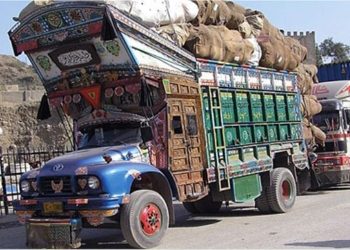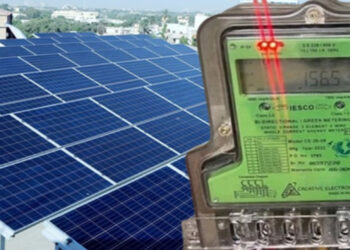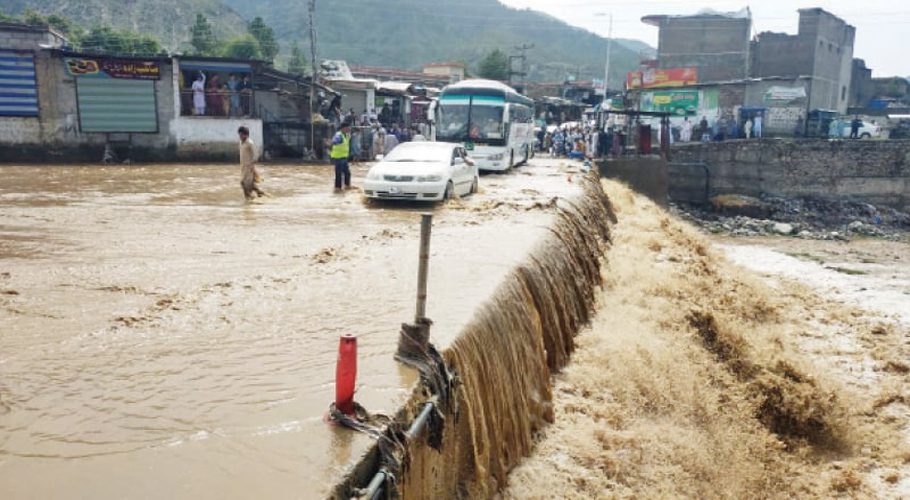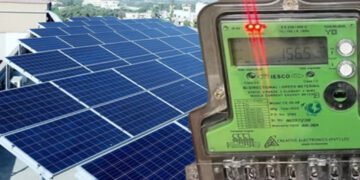The clock is ticking, and it is getting ever closer to the end of the world as we know it.
Scientists have, earlier this year, confirmed that the Doomsday Clock is to remain at 90 seconds to midnight for the second year running, but what does it mean and what happens if the clock strikes midnight?
The Doomsday Clock serves as a visual representation of how close humanity is to catastrophic destruction, with midnight symbolizing the end.
In 2023, the expert panel set the clock’s hands at the closest point ever recorded: 90 seconds due to concerns regarding climate change and the conflict in Ukraine. On January 23, 2024, the Doomsday Clock was unveiled again, revealing that it remains in the same perilous position as the conflicts that could trigger the World War III intensified.
Rachel Bronson, president and CEO of the bulletin overseeing the clock, highlighted various global threats, including the risk of nuclear escalation in conflict zones, the ongoing impact of climate change, and the rapid advancement of disruptive technologies like AI and biotechnology.
What is the Doomsday Clock?
Originally devised in 1947 by J. Robert Oppenheimer and his colleagues who developed the atomic bomb, the Doomsday Clock symbolizes the proximity of humanity to self-induced global catastrophe. The Chicago-based nonprofit organization managing the clock describes it as a warning against the perils of our own technological creations.
Initially set at seven minutes to midnight, the clock moved closer in 1949 following the Soviet Union’s successful atomic bomb test, reaching three minutes to midnight.
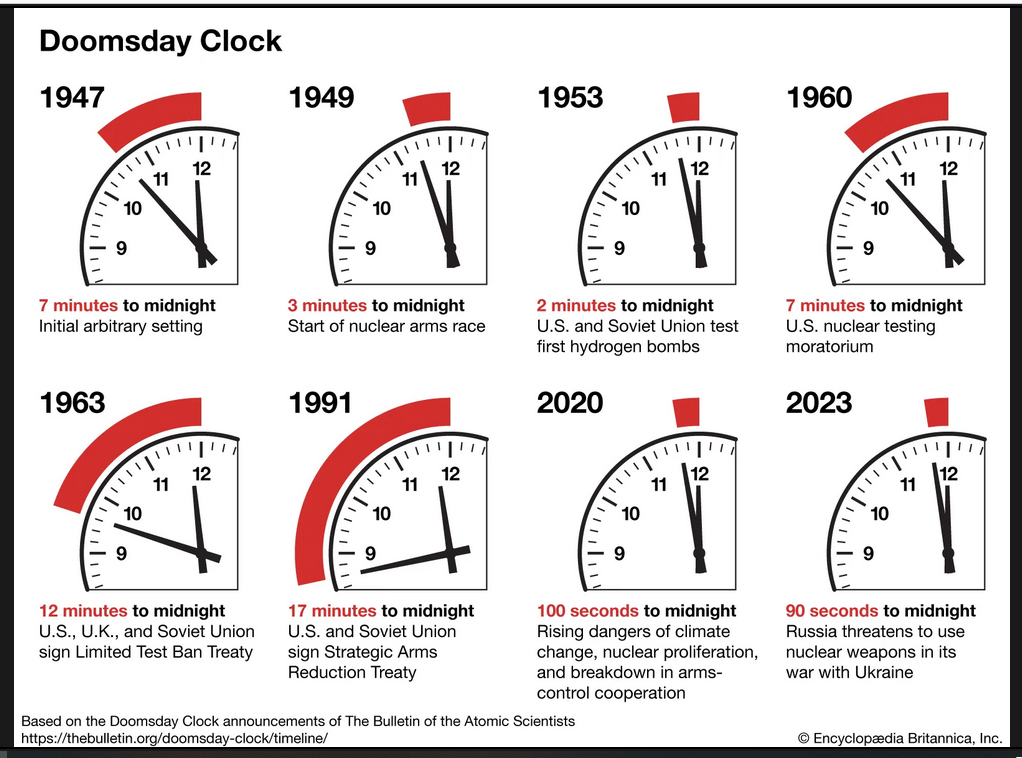
The furthest the clock has ever been from midnight was 17 minutes in 1991, following the signing of the START treaty between the US and the Soviet Union.
However, in 2023, the clock moved to its closest ever position to midnight, just 90 seconds away, primarily due to escalating tensions surrounding the war in Ukraine.
Why are we perilously close to disaster?
The large-scale invasion of Ukraine by Russia has heightened tensions with the West to levels not seen since the Cold War. The Bulletin warns that a resolution to the conflict seems distant, with the possibility of it escalating into a nuclear war between Russia and the West.
Moreover, Russia’s signaling of tactical nuclear weapons deployment and withdrawal from nuclear treaties, along with Israel’s conflict in Gaza, contribute to the increasing risk.

“Every major country, including the UK, is investing in their nuclear arsenal as if nuclear weapons are usable for a very long time. This is a very dangerous time… leaders are not acting responsibly,” Bulletin president Rachel Bronson was quoted as saying by the BBC.
Moreover, Climate change also plays a significant role in the Doomsday Clock calculation. The year 2023 marked unprecedented global temperatures and greenhouse gas emissions, underscoring the urgency of addressing environmental challenges.









